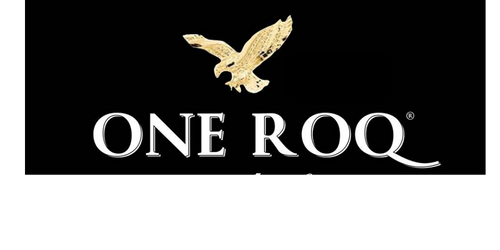The Ultimate Guide to Wagyu Beef, the World’s Most Luxurious Steak
Entertain
Recent Articles
Back to the Reading Room-

Cocktail Recipes
Shake Up Your Summer with the “Summer Breeze” Cocktail from ONE ROQ
Read More -

Investing
Venture Pre-IPO Stock Vs Fixed Income Stock
Read More -

In The News
In The News: FORBES
Read More


or login here...
X
Experience More
Join the Club today to get unrestricted access to the ONE ROQ Reading Room, our exclusive channel for company news, events, and curated lifestyle content.
Join the Club
Login Now